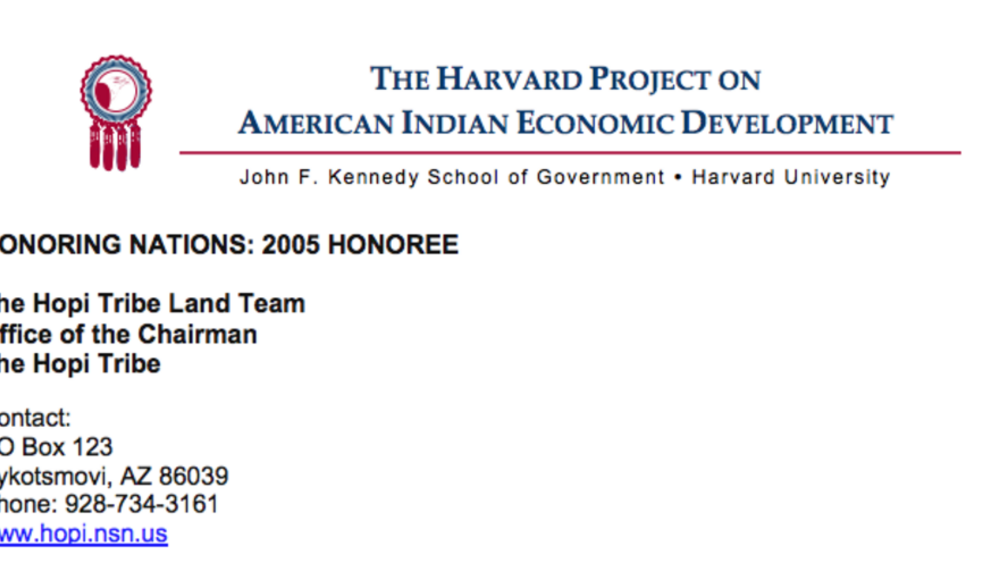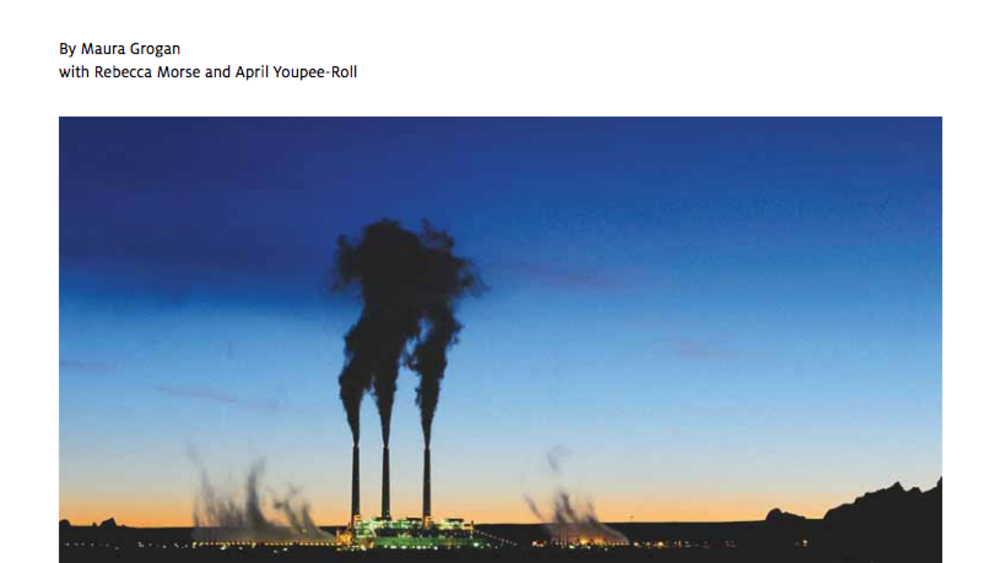The Standing Rock Sioux Tribe is located on 2.3 million acres of land in the central regions of North and South Dakota. Land issues rose to the forefront of tribal concerns after events such as allotment, lands flooding after the Army Corps of Engineers built a series of dams adjacent to the Tribe, and years of drought that caused drastic changes to a major river. Allotment meant that many sacred sites were no longer on lands controlled by the Tribe. Dropping water levels in the river, reservoirs, and lakes exposed culturally significant sites long covered by water. Dispersed over a massive land base, these numerous cultural and archeological sites were subject to looting and abuse. In 2000, using its authority to manage, protect, and preserve tribal property, the Tribe’s Historic Preservation Office established a Tribal Monitors Program. Archeologically trained personnel, working with tribal elders, identify and monitor these significant sites. Additionally, they see that the sites, the artifacts within them, and any exposed human remains are dealt with in a culturally appropriate way. The Tribe is managing and protecting its lands while preserving the spiritual and cultural heritage and resources that the nation truly depends on for future generations.
Additional Information
"Tribal Monitors Program." Honoring Nations: 2005 Honoree. Harvard Project on American Indian Economic Development, John F. Kennedy School of Government, Harvard University. Cambridge, Massachusetts. 2006. Report.




